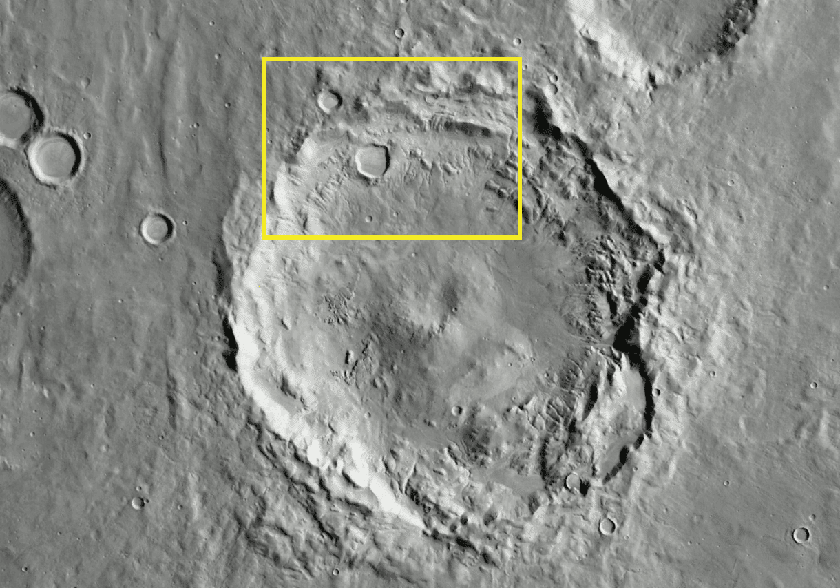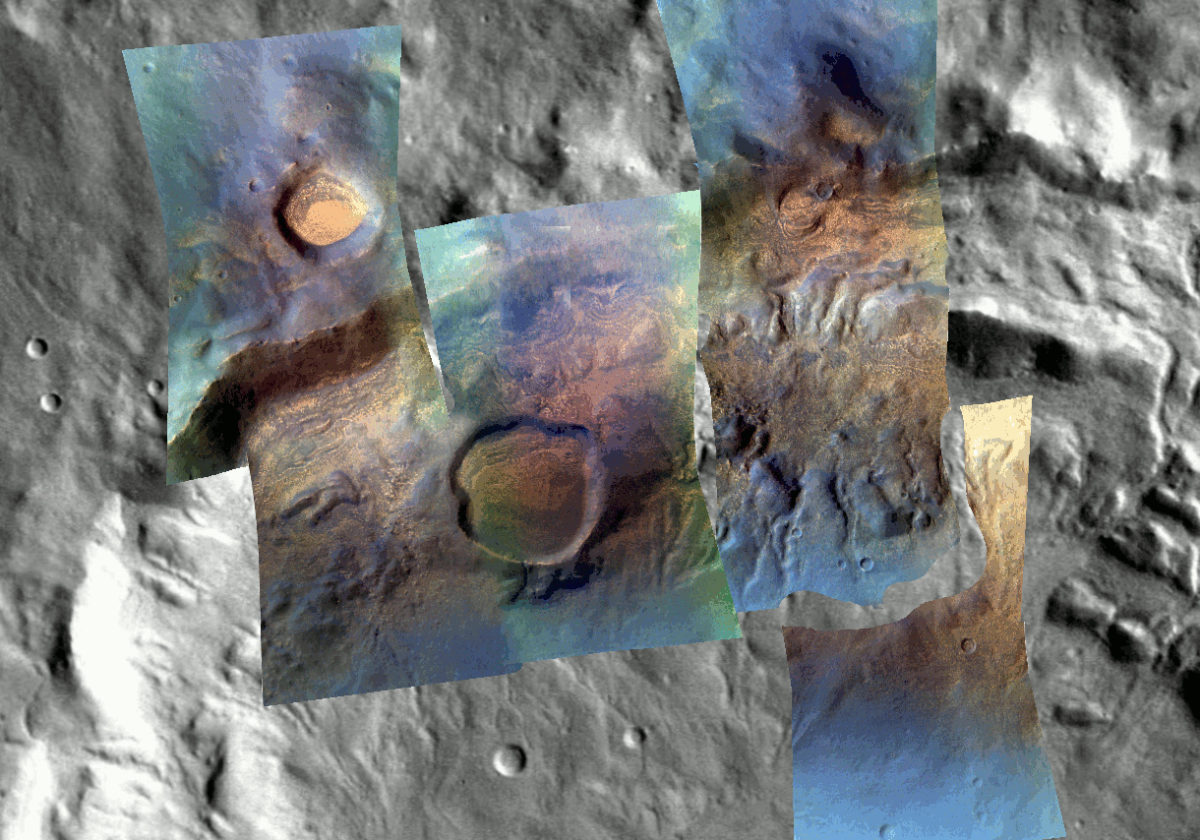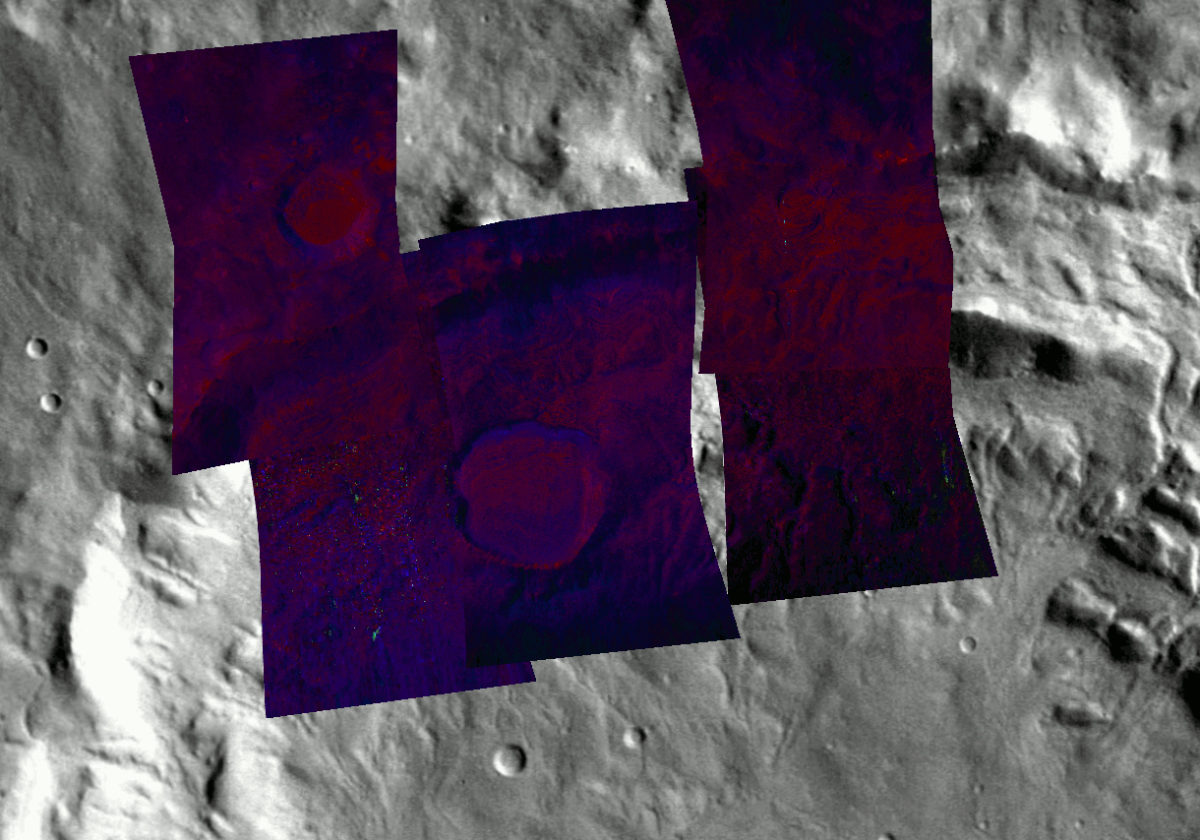Bill Dunford • May 20, 2013
Many More Colors than Red: Exploring Mars with Spectroscopy
The American astronomer Carl Lampland once received an award from the British Royal Photographic Society for taking pictures of the canals of Mars. Which don't exist. But Lampland and his colleagues were simply working with the knowledge and the tools they had at the time. He would be surprised, but I think delighted, to learn that even though there are no canals on Mars, there is a 79-kilometer-wide crater in the southern highlands that now bears his name. And I think he'd also be happy to know that Lampland Crater has been explored with one of the most amazing and powerful tools that modern Mars researchers have: the Compact Reconnaissance Imaging Spectrometer for Mars (CRISM).
CRISM is one of several instruments on board the Mars Reconnaissance Orbiter, which means it enjoys one of the best views of the Red Planet ever provided as it rides with the robotic spacecraft just 255 kilometers or so above the surface. CRISM helps scientists build highly detailed maps of minerals using a technique called reflectance spectroscopy. Mars is so much more than just red. In fact, like on Earth every mineral on Mars reflects different parts of the light that comes from the sun. CRISM is extraordinarily sensitive to these color differences, including colors the human eye can't see. Every pixel in a CRISM observation includes up to 544 different data points across the electromagnetic spectrum. By assigning colors to those data points that correspond to various mineral signatures, experts can construct pictures of the mineralogy of an entire landscape.
The resulting information is extremely valuable for everything from understanding where water once flowed on the surface to picking a promising landing site for the next rover.
CRISM also happens to make some really pretty pictures. Here's a combined look at some of the CRISM observations of Lampland Crater. There's an overview animation, then some still images free of the artifacts caused by the image compression process.



There are many more observations of this spot in other wavelengths. Each of them peels back one more layer of Mars' mystery.
Support our core enterprises
Your support powers our mission to explore worlds, find life, and defend Earth. You make all the difference when you make a gift. Give today!
Donate

 Explore Worlds
Explore Worlds Find Life
Find Life Defend Earth
Defend Earth

